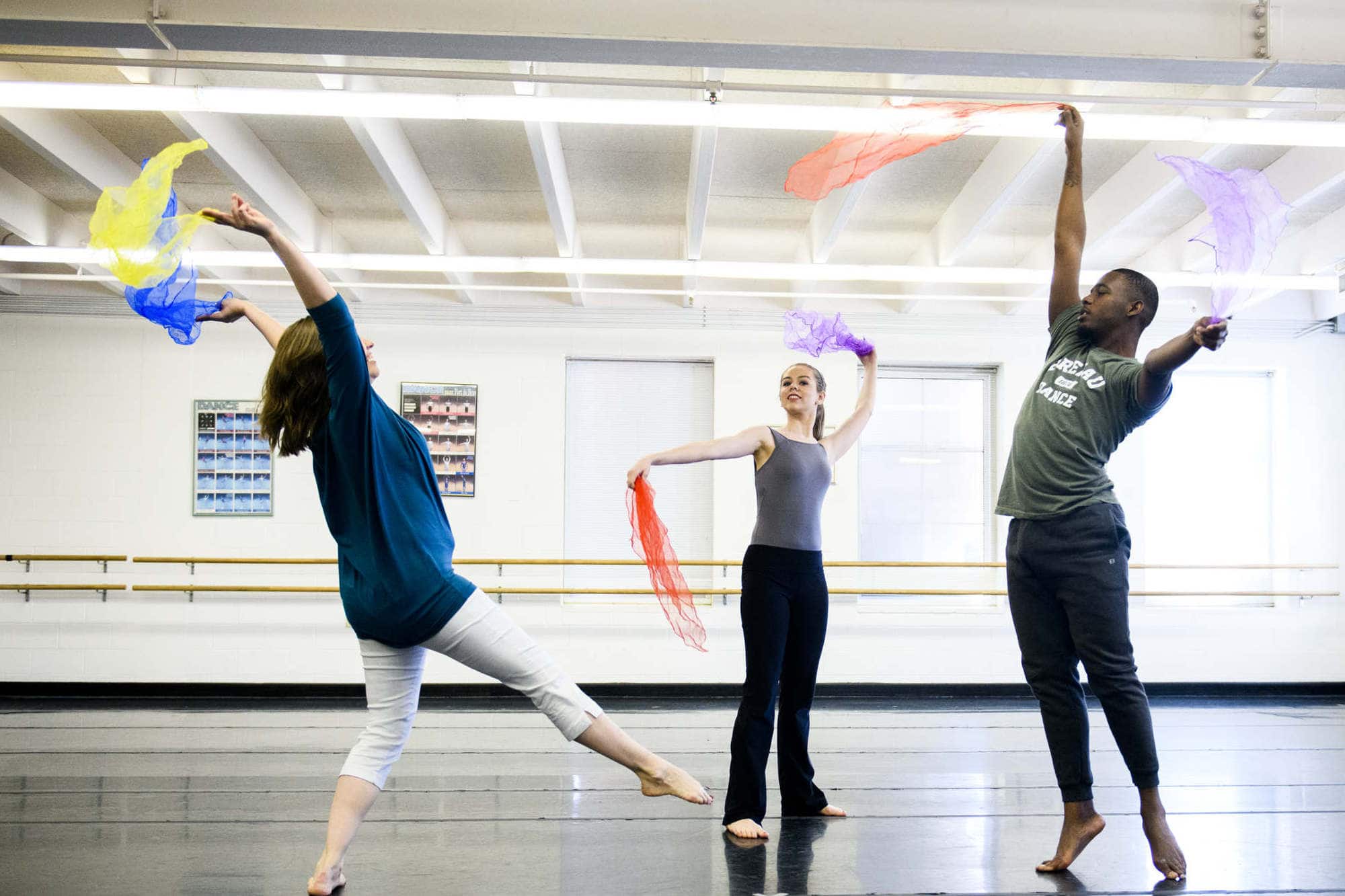
Dance therapy is a unique form of psychotherapy that uses movement to improve mental and physical health. But what exactly makes it effective? This practice taps into the body's natural ability to express emotions through dance, offering a creative outlet for feelings that might be hard to verbalize. Dance therapy can help reduce stress, improve self-esteem, and even enhance cognitive functions. It's not just for dancers; anyone can benefit from this therapeutic approach. Whether you're dealing with anxiety, depression, or just looking for a new way to connect with your body, dance therapy offers a holistic path to wellness.
What is Dance Therapy?
Dance therapy, also known as dance/movement therapy (DMT), uses movement to help individuals achieve emotional, cognitive, physical, and social integration. It’s a unique form of therapy that can benefit people of all ages and abilities.
- Dance therapy was officially recognized as a therapeutic practice in the 1940s.
- Marian Chace, a pioneer in dance therapy, began using dance as a form of psychotherapy in the United States.
- The American Dance Therapy Association (ADTA) was founded in 1966 to support the profession.
- Dance therapy can help reduce stress, improve self-esteem, and enhance body image.
- It is used in various settings, including hospitals, schools, mental health centers, and rehabilitation facilities.
Benefits of Dance Therapy
Dance therapy offers numerous benefits that go beyond traditional talk therapy. It engages the body and mind in a holistic approach to healing.
- Dance therapy can improve cardiovascular health by increasing heart rate and circulation.
- It helps in releasing endorphins, which are natural mood lifters.
- Dance therapy can enhance cognitive functions such as memory, attention, and problem-solving skills.
- It promotes social interaction and can help reduce feelings of isolation.
- Dance therapy can be particularly beneficial for individuals with chronic pain, as it encourages gentle movement and body awareness.
Techniques Used in Dance Therapy
Various techniques are employed in dance therapy to address different therapeutic goals. These techniques can be adapted to meet the needs of each individual.
- Mirroring involves the therapist copying the movements of the client to build rapport and empathy.
- Improvisation allows clients to express themselves freely through spontaneous movement.
- Body awareness exercises help clients become more attuned to their physical sensations and emotions.
- Movement metaphors use symbolic gestures to represent feelings or experiences.
- Group dances can foster a sense of community and shared experience among participants.
Dance Therapy for Specific Populations
Dance therapy can be tailored to meet the needs of specific populations, making it a versatile therapeutic tool.
- Children with autism can benefit from dance therapy by improving their communication and social skills.
- Older adults with dementia may experience improved mood and cognitive function through dance therapy.
- Dance therapy can help trauma survivors process and express their emotions in a safe environment.
- Individuals with eating disorders can use dance therapy to reconnect with their bodies and develop a healthier self-image.
- Dance therapy can support people with physical disabilities by encouraging adaptive movement and enhancing body awareness.
Dance Therapy's Impact
Dance therapy isn't just about moving to music. It offers emotional, physical, and mental benefits. From reducing stress to improving motor skills, it touches many aspects of life. People of all ages can benefit, making it a versatile tool for well-being. Whether you're dealing with anxiety, depression, or just looking to stay fit, dance therapy provides a unique approach. It fosters self-expression and creativity, helping individuals connect with their inner selves. Plus, it's a fun way to stay active. So next time you're feeling down or just need a break, consider dancing it out. You might find more than just a good time; you might find a path to better health. Dance therapy proves that sometimes, the best medicine is simply moving to the beat.
Was this page helpful?
Our commitment to delivering trustworthy and engaging content is at the heart of what we do. Each fact on our site is contributed by real users like you, bringing a wealth of diverse insights and information. To ensure the highest standards of accuracy and reliability, our dedicated editors meticulously review each submission. This process guarantees that the facts we share are not only fascinating but also credible. Trust in our commitment to quality and authenticity as you explore and learn with us.


